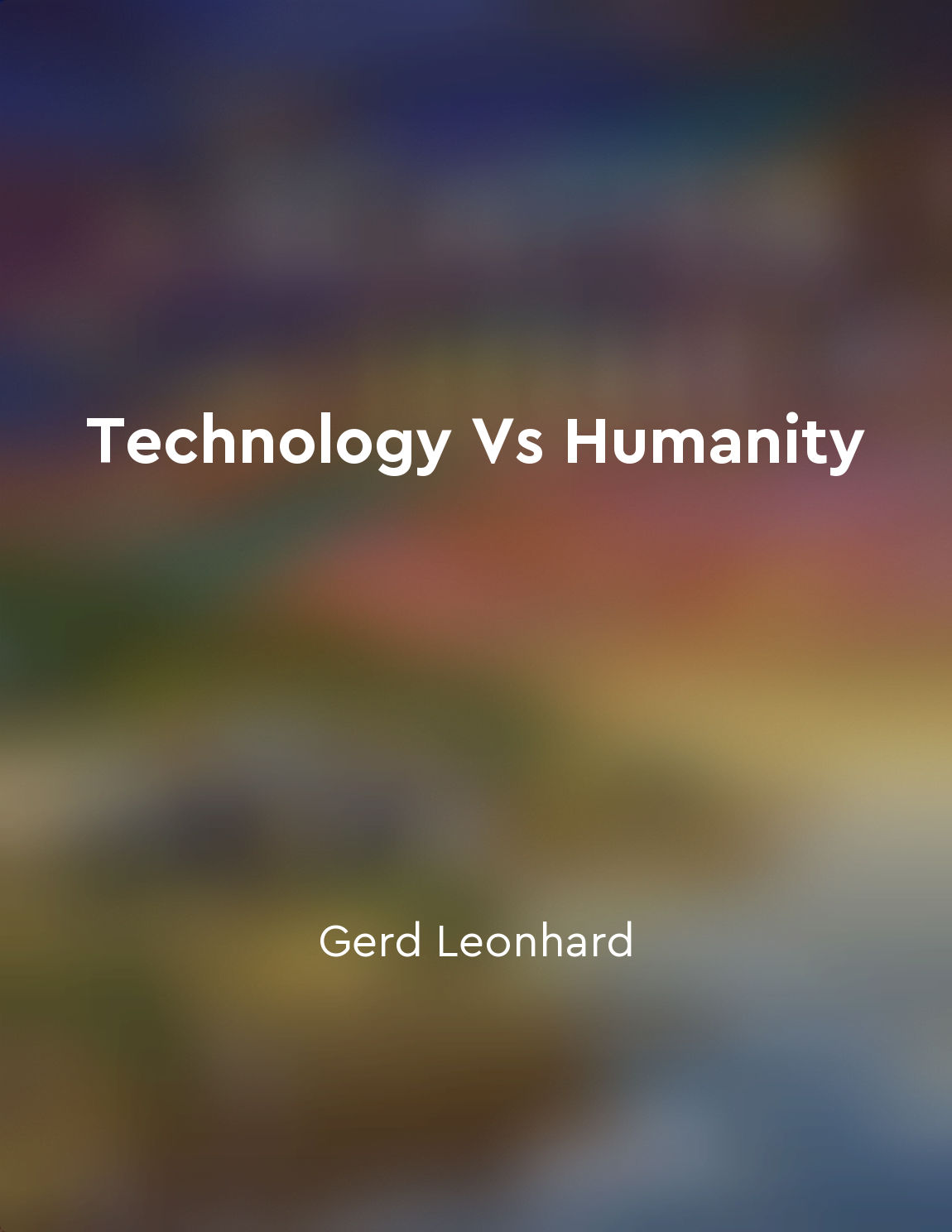Augmented reality from "summary" of Radical Technologies by Adam Greenfield
In the contemporary technosocial landscape, the emergence of augmented reality represents a profound shift in how we engage with the world around us. Augmented reality seamlessly integrates digital information and virtual objects into our physical environment, enhancing our perception and interaction with reality. This technology blurs the line between the real and the virtual, offering new possibilities for immersive experiences and enhanced functionality. By overlaying digital content onto our physical surroundings, augmented reality opens up a wide range of applications across various industries. From gaming and entertainment to education and healthcare, augmented reality has the potential to revolutionize the way we work, communicate, and play. With the advent of wearable devices and smartphones equipped with augmented reality capabilities, this technology is becoming increasingly accessible to the general public. One of the key features of augmented reality is its ability to provide real-time information and context-specific data to users. Whether it's navigation assistance, interactive storytelling, or virtual try-on experiences, augmented reality enriches our understanding of the world and enhances our engagement with it. This technology has the power to transform how we learn, shop, travel, and entertain ourselves, offering new ways to connect with our physical environment and each other. Furthermore, augmented reality has the potential to reshape our relationship with technology by integrating digital experiences more seamlessly into our everyday lives. As we become accustomed to navigating between the real and the virtual through augmented reality, our perception of reality itself may begin to shift. This technology challenges traditional notions of space, time, and identity, inviting us to explore new possibilities for human-machine interaction and collaboration.- Augmented reality represents a radical departure from conventional modes of engagement with technology, offering a gateway to a more immersive and interconnected digital future. As we continue to push the boundaries of what is possible with augmented reality, we must also consider the ethical and social implications of integrating this technology into our daily lives. By critically examining the potential risks and benefits of augmented reality, we can harness its transformative power for the betterment of society and the advancement of human knowledge and understanding.
Similar Posts
By simplifying your digital life, you can make room for more meaningful experiences
In a world where our attention is constantly pulled in a million different directions, the idea of simplifying our digital live...

AI should not eliminate human jobs
It is a well-known fact that technological advancements in the form of artificial intelligence (AI) have the potential to revol...
Understanding the impact of hierarchy in design
Hierarchy in design refers to the way in which elements are organized within a composition to establish a clear visual order. B...
Everything is interdependent
The notion that every thing is inextricably linked to every other thing is not just a philosophical abstraction; it is a fundam...

Hitdriven culture
In the Hitdriven culture, success is measured by the number of hits that a product or service generates. This model is based on...
Good design should accommodate different user skill levels
Designers must always keep in mind that users come with varying levels of skill and knowledge. This means that a well-designed ...

Users should not be blamed for design flaws
When people make errors while using a product, it is easy to blame them for being careless or stupid. This is a common reaction...
Memories can be manipulated and distorted in the digital age
In a world where everything is digitized and stored in the cloud, memories are no exception. They can be captured, preserved, a...

